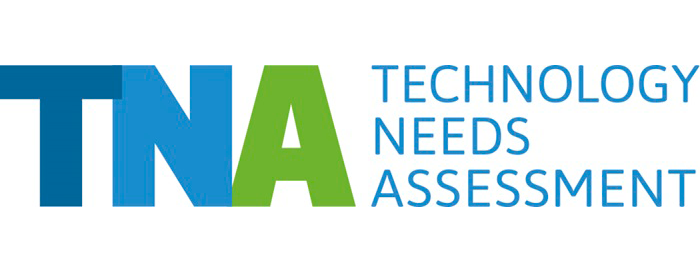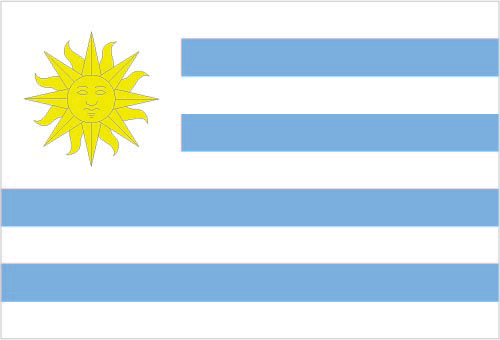One of the outcomes of the TNA has been the identification and selection of wave energy as a highly relevant technology to be included in Uruguay’s mitigation efforts. Preliminary estimates shows that, by incorporating wave energy into its renewable energy mix, Uruguay could potentially reduce emissions by 318,000 tCO2e per year.
Uruguay is located between Argentina and Brazil and has a coastline stretching 680 km along the South Atlantic Ocean. It has traditionally been more affluent than other countries in South America and is known for its advanced education and social security systems and liberal social laws. Uruguay is a significant agricultural producer and exporter. Livestock especially is very important in its contribution to GDP, as well as being one of the main sources of rural employment. Uruguay faces climate hazards such as droughts and floods, and as rainfall is projected to increase in the entire country by 10-20% on average, floods are becoming a severe threat. In 2015 alone flooding led to 20,000 people being displaced. Accordingly, the TNA has focused on climate risk management.
The Technology Action Plan details a pilot project that proposes to install Geotubes, one of the prioritized technologies, in the coastal city of La Floresta. Submerged Geotubes will help mitigate imminent erosion problems along the coast. By establishing local know-how and technical capabilities, the project’s objective is for La Floresta to promote the technology, as well as serve as the centre for the further diffusion and transfer of Geotubes to other relevant cities and areas along the coast.
Uruguay completed its TNA in 2017. Uruguay’s NDC has identified some of the components of the TNA as actions under adaptation and mitigation efforts that Uruguay needs to take in order to reach its NDC targets.
Uruguay’s TNA contributes to the following Sustainable Development Goals:







